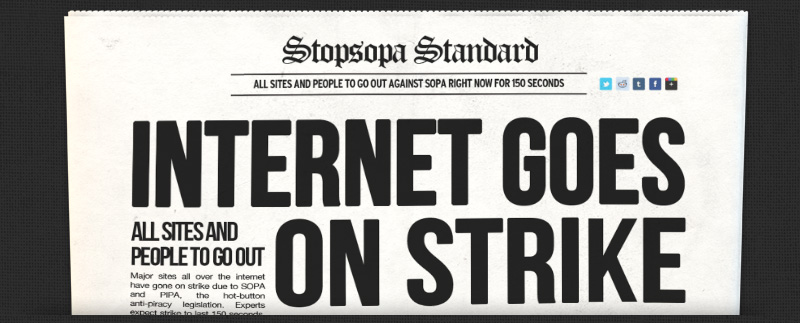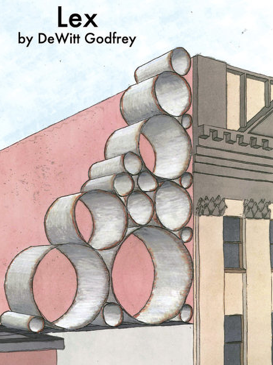Author: thekaintuckeean
NoD: Celebrating Martin Luther King, Jr. Day in Somerset
Below is a modified rerun of a 2010 post about my experience walking in Somerset’s annual March to Remember Dr. King. This year, I won’t be able to take off and explore and march. Across Kentucky – in small towns and large – we gather to pay homage to a great American who taught us so much.
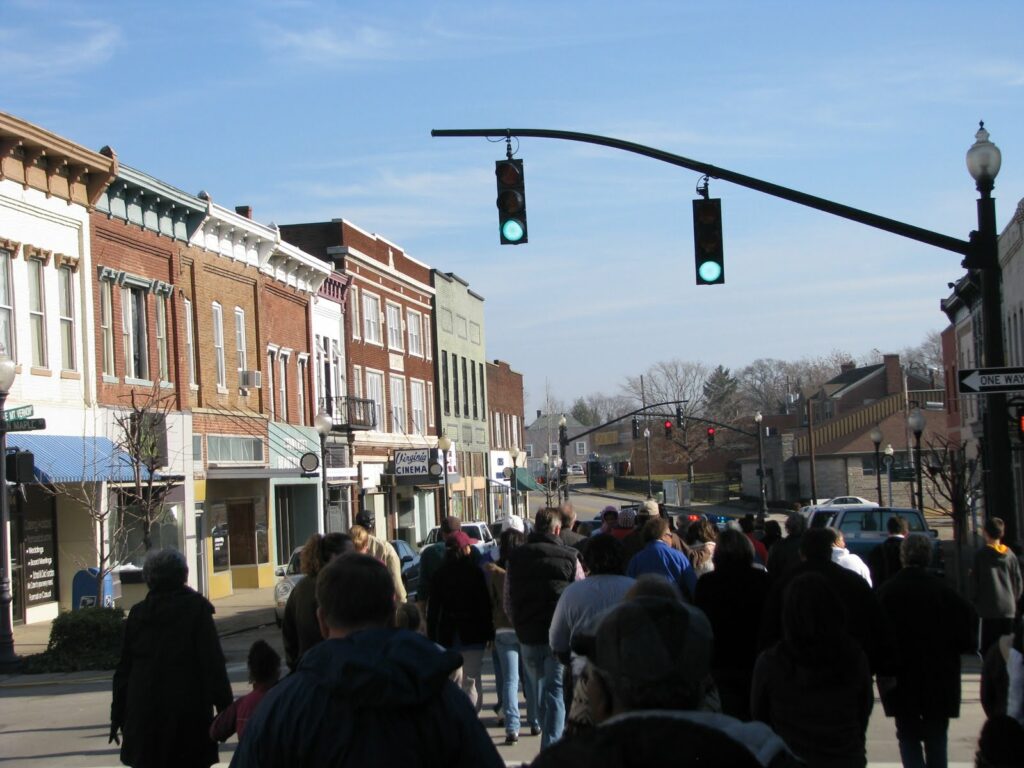 |
| Somerset, Kentucky |
I celebrated Dr. Martin Luther King Day 2010 by hopping in the car and driving to see more of Kentucky. As I drove into Somerset along Highway 80, I couldn’t help but notice the flashing lights of a police car and a crowd of about sixty persons gathering in front of the old courthouse. I got out of the car and joined the group in prayer. A short march through downtown followed and I was immediately welcomed into this diverse crowd which was marching to remember the legacy of the slain civil rights leader. One of the marchers, Richard (below), invited me to join them for a meal which followed this annual walk. Unfortunately, I wanted to drive more and I declined the offer. I wish I had taken the opportunity to sit down and talk and learn.
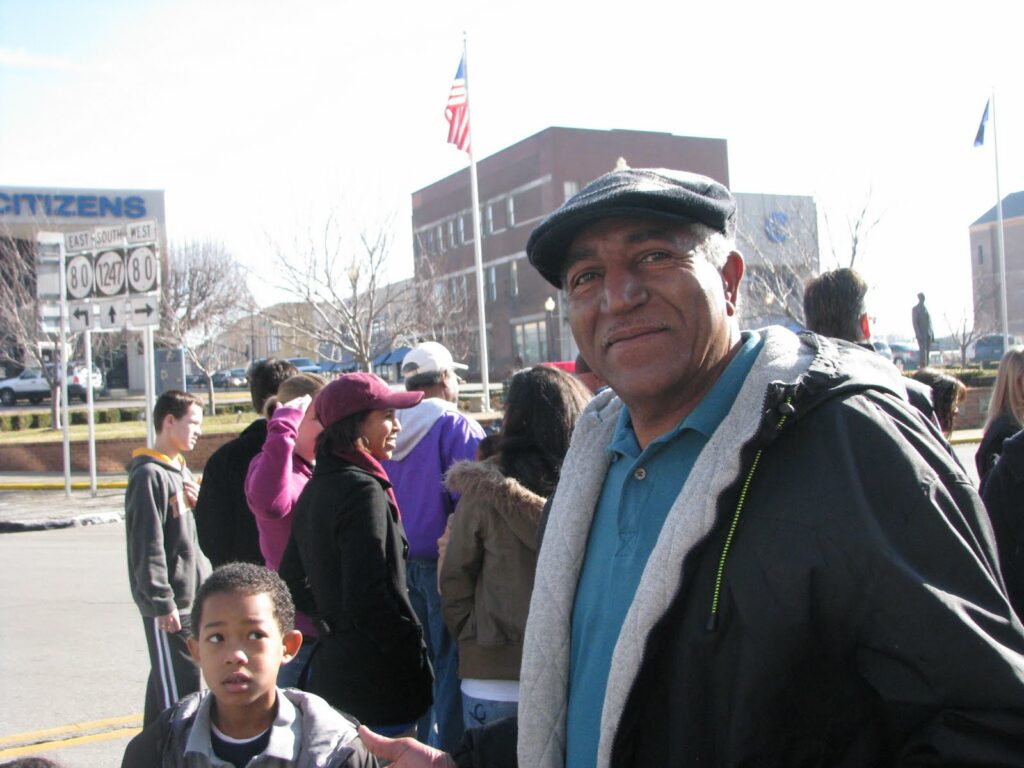 |
| Richard |
The prayer in front of the Pulaski County Courthouse reminded me of another prayer I shared with a diverse crowd the year before on January 20, 2009. Then, we were led by Rev. Rick Warren. He asked that we all join him in praying the Lord’s Prayer at the inauguration of President Barack Obama.
There, on Washington’s Pennsylvania Avenue – surrounded by people various ages, races and backgrounds – so many voices prayed the Lord’s Prayer. Our Father, who art in Heaven… On that day, just over a year ago, it was truly about We the People.
I thought of this experience while I was in Somerset. Somerset is a small southern town located in a county and in an area sympathetic to the Confederacy. Memorials here speak to the Confederate “Southern Manhood” and “Glorious Immortality.”
History and memorials aside, Pulaski Countians know and recognize the import and legacy of Dr. King. Together, they walked and sang and remembered and lived his Dream. We sang and hummed “We shall overcome.”
Richard thought I was with the local paper. He wanted his picture taken; he had always wanted to be in the paper. I told him I wasn’t with the paper, but that I’d make sure his photo got published on a blog. If you know Richard, make sure he sees this! The local paper did, however, post this article about the march.
walkLEX: Lexington’s Oldest Restaurant Still Serves Great Food, History
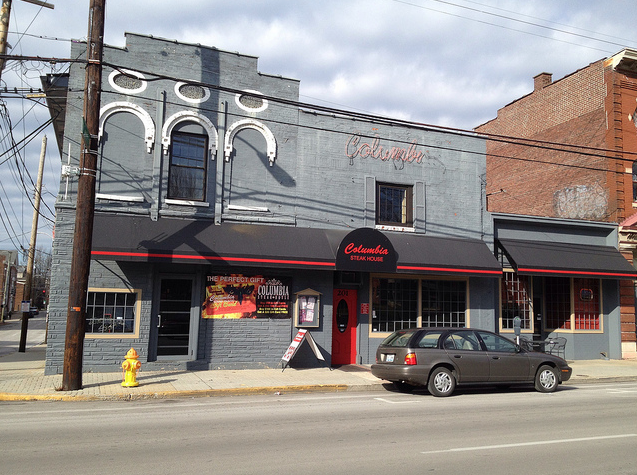 |
Columbia’s Steakhouse – Lexington, Kentucky |
On a Friday evening, Lexington police raided a popular Lexington restaurant, arrested twenty-one people and charged the restaurant’s owner with running a disorderly house. Things were no less “disorderly” two months later. Armed with reports of Sunday alcohol sales (in violation of state blue laws) and the sale of distilled spirits despite having only a beer license, the state alcoholic beverage control board yanked the beer license of Columbia’s Steakhouse. It was the spring of 1952 and Frank and Ray Columbia’s restaurant was in trouble. Opened in 1948, the steakhouse was already a Lexington institution.
The steakhouse was set up as a ‘front’ for the true operation: a gaming hall in the back room which was frequented by local officials and police. Today, that back room is referred to as “the Mafia Room.” Yes, the lore behind Lexington’s Columbia’s Steakhouse is deep. Walking into its North Limestone location, one can easily imagine the many rooms being filled with smoke and deals being struck. Not a lot has changed since Columbia’s first opened sixty-four years ago. There is no pretense. Just an old-school steakhouse.
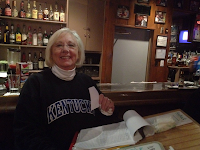 |
| Manager Flo Cowley |
There are a few things that typify a traditional steakhouse and Columbia’s meets all of them. Delicious food. Check. A familiar staff that has been there for years. Check. In fact, for twenty-six years Flo Cowley has managed the North Limestone location of Columbia’s Steakhouse. @managerflo is an avid twitterer who offers a big smile to all who enter her restaurant. But in true old-school form, she knows her regulars by name. And she knows the legends and the lore of this Lexington institution like the back of her hand.
The same could be said for Columbia’s former maitre d’: James “Smitty” Smith. He was the subject of many news articles as his “smile that helped make the restaurant one of the most popular in town.” Smitty was, like Columbia’s itself, a “Lexington legend.” In 1993, Smity received the Smiley Pete award which is given to someone who “makes people feel good about being downtown.”
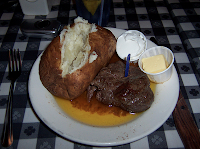 |
| The Nighthawk Special |
The ubiquitous menu item is the Nighthawk Special. The dish is named after a 1960s era radio personality on local station WVLK, Tom Kindall, who was a night owl (er, nighthawk). The Nighthawk DJ’d rock and roll from midnight until dawn. His namesake is always on the menu, but for a short period of time every year the price drops. The eight ounce beef tenderloin is marinated and served in garlic butter. My wife prefers their delicious steak fries and I their enormous baked potato as a side of choice with each of us making full use of the accompanying garlic butter. Each of us agree on the second side dish: the Diego salad – chopped lettuce with diced tomato and sliced radishes, all tossed with a nice shake of a special seasoning mix, ranch dressing on the side. My God it is good! I’ve loved the Nighthawk Special since I enjoyed my first some twenty years ago.
You have to go back many years to remember when Columbia’s Steakhouse was not the occupant at 201 North Limestone. One customer, however, remembered growing up in the back room when it was an apartment and the front of the building was a grocery store. The building, built ca. 1870, typifies post-Civil War mixed-use (commercial-residential) design. And it remains mixed-use with apartments on the upper floor.
If you haven’t been to Columbia’s, go. If you haven’t been in awhile, go back. For more pictures, check out flickr.
Sources: Columbia’s Steakhouse; local.lexpublib.org; @managerflo; NRHP
This post previously suggested that James “Smitty Smith” was deceased. The error wasn’t noticed for over 18 months, but it has been corrected. An obituary for Smitty’s brother shows him alive and well as of June 2014.
kernel: Goodnight, Gatewood (1947-2012)
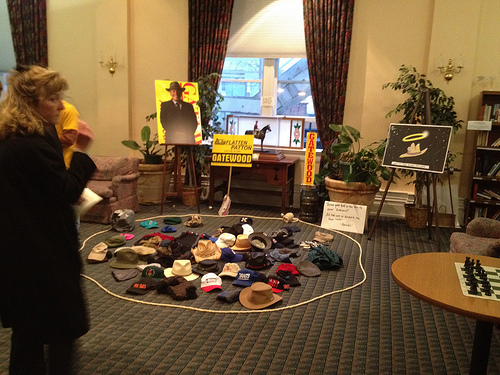 |
| Throw Your Hat in the Ring at Gatewood’s Public Memorial |
At the Carnegie Center tonight, I had the opportunity to remember Gatewood Galbraith with those who loved him the most. My personal encounters with Gatewood were limited, but I know how much he meant to everyone he touched. His smile and love for life were infectious. And he truly did live his life to the fullest. As one of Gatewood’s daughters said, recalling her boyfriend’s description of the late legend: “He drove his body like a thief drives a used car.”
Tributes by Mayor Gray and Ben Chandler reminded us Gatewood’s political side. Ben Chandler pointed out that they both entered politics in the same year: 1991. Chandler ran for Auditor while Gatewood sought the Governor’s Mansion. When Gatewood wanted to publicly advocate the legalization of marijuana, he consulted with Chandler’s grandfather who told the then-young Gatewood that it sounded like “a good idea, but you’ve gotta tax the hell out of it.”
A musical tribute by Rodney Hatfield left many emotional with his beautiful performance of My Old Kentucky Home on the harmonica.
But these words of Gatewood’s, spoken less than a week before his passing, ring truest:
Another great day in all our lives. Call up someone you love, or would like to, and let them know it! Make a resolution to lift someone’s spirit each day and follow through with it. It doesn’t take much, a smile, a kind word (words are magic and can create reality) and a desire to be loved yourself because that it what will happen to you when you give your smile. Try it and see. God Bless You All!
kernel: Two Central Kentucky Historic Districts Now on National Register
On December 19, 2011, the Department of the Interior recognized and approved the nominations of two central Kentucky historic districts to the National Register of Historic Places. The first is in Harrodsburg (Mercer County); the second is in Springfield (Washington County).
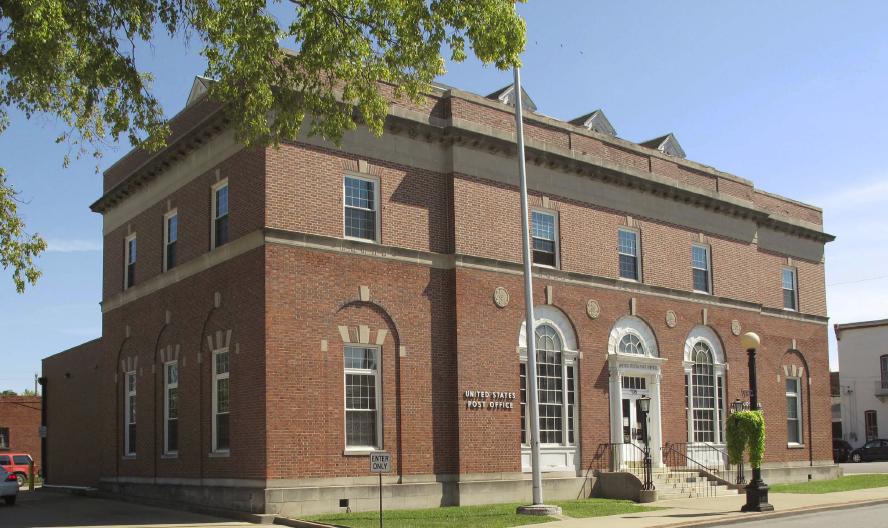 |
| Harrodsburg Post Office (Photo from NRHP Application File) |
In Harrodsburg, the North Main Street Historic District includes addresses at 105-414 N. Main St., 109 W. Lexington, 101 W. Broadway, and 163 E. Broadway. With twenty-three contributing buildings , the district encompasses a number of architectural styles with a period of incluence stretching from 1823 until 1949. The district is mixed-use and features commercial, residential, and civic structures. In this historic district, the development of Kentucky’s oldest non-native settlement is readily visible. (NRHP# 11000796)
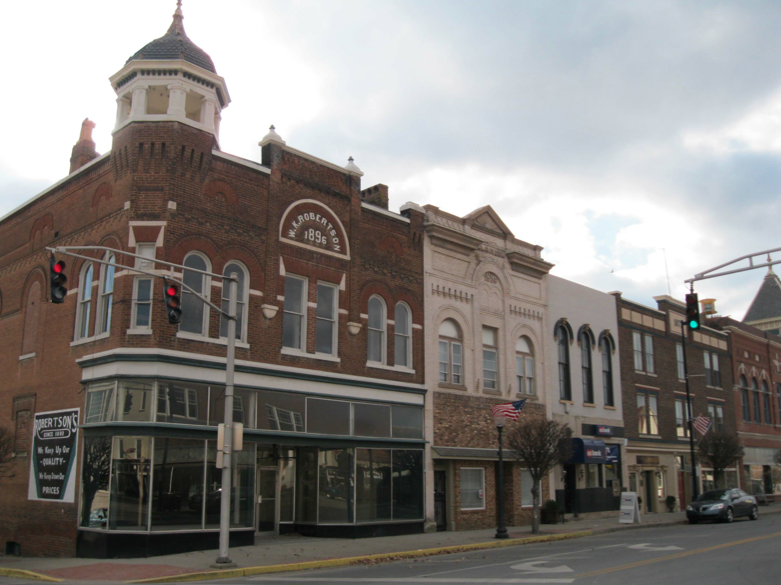 |
| West Main Street, Springfield (Photo from NRHP Application File) |
One hundred sixty-five contributing features will make up Springfield’s Main Street Historic District, an 83-acre area bounded by Commercial Ave. to College St. and McCord, High Sts. to E. Depot St. This nomination is actually an expansion of the historic district originally approved in 1989. The Washington County Courthouse, completed in 1816, marks the beginning of the districts period of significance, though the city’s development can be bifurcated by the year 1888 during which year the Louisville & Nashville arrived. The county also had an extensive toll road network making Springfield a magnet for commercial and civic activity in the county. Pictured above are buildings which house or once housed shops, banks, masonic lodges and the opera house). (NRHP# 11000803)
walkLEX: Dewitt Godfrey Work will Transform East Main Rooftop
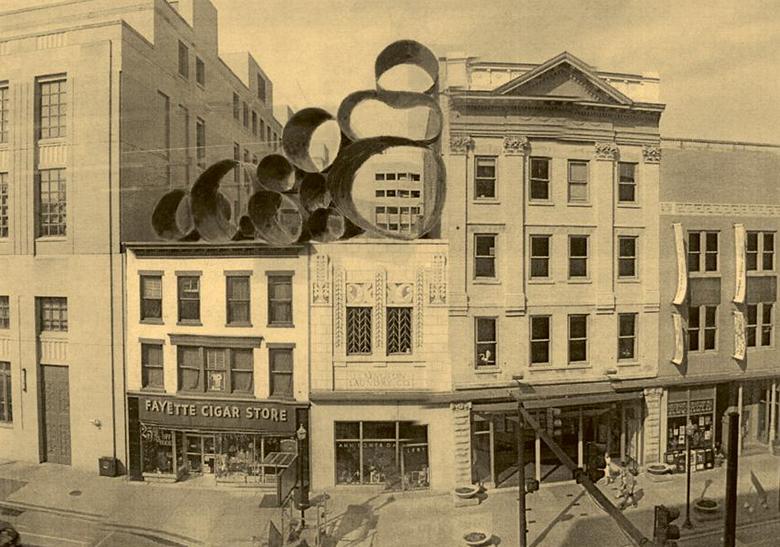 |
| Early Rendering of “Lex” atop the Downtown Arts Center – Lexington, Ky. |
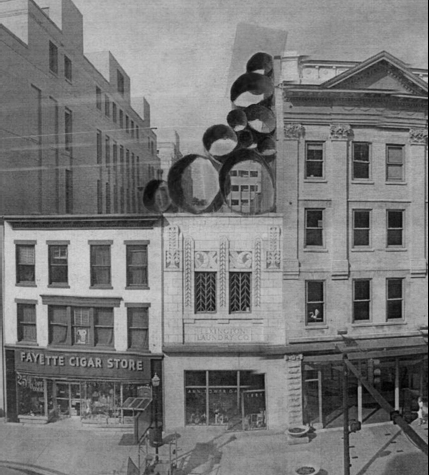 |
| Scaled Back Design of “Lex” |
Sculptor Dewitt Godfrey of upstate New York has designed Lex – a fixture of various shapes and sizes of steel tubes to be stacked atop the Lexington Laundry Company building at 141 East Main Street. Godfrey is well-known for his abstract designs featuring weathered steel tubes. His work is being brought to Lexington as a commissioned work by LexArts and Leadership Lexington‘s 2010 Class.
The original design, pictured above, would have spanned both Laundry Building and its neighbor, 137 East Main (the Fayette Cigar Store). Without the support of all involved, the project was scaled back and will only rest atop Lexington Laundry.
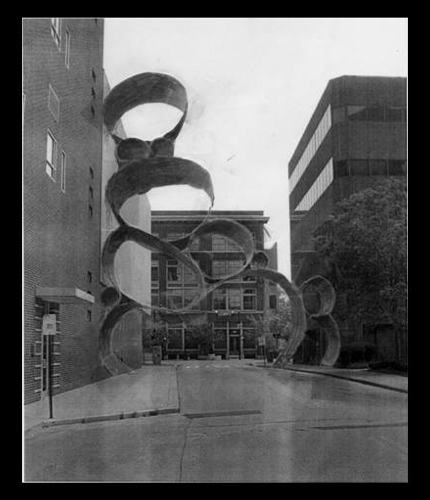 |
| Steel Tube Possibilities Photo: LexArts |
The scaled-back design is far more conservative than the original renderings. Also quite different from other Godfrey works is that Lex will be placed three stories above ground meaning that the art will have no pedestrian interaction. Godfrey did design some versions of Lex that would have been accessible – consider the interpretation at right which would have allowed both pedestrian and vehicular traffic through the steel tubes.
The total fixture is expected to weigh 11, 900 pounds. Spanning 18′ 8″ over the art center, the Lex will reach over 27 feet into the air. It will contain 17 cylinders with the largest having a diameter of ten feet.
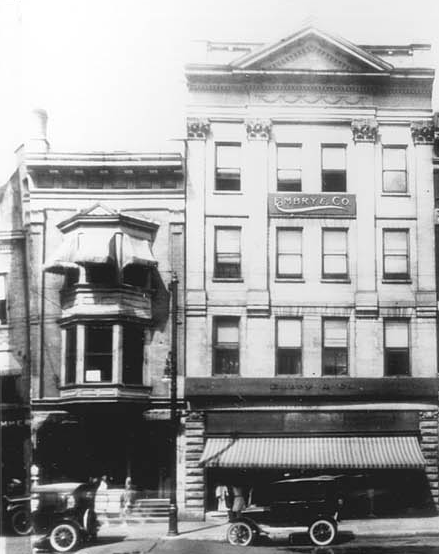 |
| Asa C. Chinn Collection, ca. 1920-1921 Photo Source: KYVL-KDL |
Before it was home to the Lexington Laundry Company (built 1929), the site featured a slightly taller structure that wouldn’t have left enough room for 27 feet of aerial art about its top. The unique façade of the Laundry Company’s predecessor is missed but Godfrey’s art form will be another major transformation of the location. The 1929 structure is considered by the US Department of the Interior to be Lexington’s finest example of art deco architecture with the façade “composed of wheat-toned glazed tile highlighted by stylized floral patterns.”
Those commissioning the work did so in a massive call for public art that will hopefully grace other community spots in the coming years. With 126 applications and 14 finalists, a selection of five proposals were commissioned. This Godfrey piece will be the first to appear in Lexington, though information about other commissioned proposals is available.
Next week, on January 11, the proposed art work will go before the Courthouse Area Design Review Board for approval. Once approved, work can begin on putting in place this project funded in part by the National Endowment for the Arts which will provide another fixture of permanent public art in downtown Lexington.
UPDATE: The CADRB unanimously approved this project on January 11, 2012. To the left is the most recent (and color!) artists rendering of what we’ll soon see!
Sources: Artist Website; BizLex; CADRB Application; Downtown Building Inventory; Herald-Leader; National Park Service.
Correction: The Lexington Streetsweeper pointed out that an earlier version of this story confused and combined into one the Laundry Company building and its predecessor in location. Chinn’s photos were taken in 1920-1921 and the Laundry Company building wasn’t built until ca. 1929. Thanks for the catch!
kernel: Remembering Gatewood Galbraith (1947-2012)
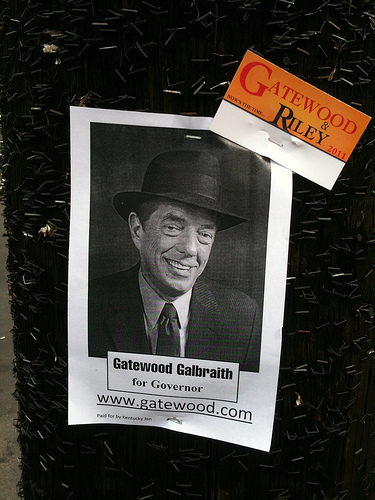 |
| Gatewood Galbraith (1947 – 2012) |
The candidacies of Gatewood Galbraith were legendary. Many Kentuckians – especially those in Lexington – remember Gatewood standing at a corner in his ubiquitous hat, sportcoat, and tie waving to the honks, cheers, and sometimes jeers of his fellow citizenry. If you never witnessed Gatewood’s friendly smile,was usually visible in the fall of an election year somewhere near Commonwealth Stadium just before a UK kickoff.
A “People’s candidate,” Galbraith long believed that a government which governs best, governs least. Applying this principle to both social and fiscal issues, Gatewood famously said during his 1995 bid for governor that the government needs to stay out of “our bedrooms, our bloodstreams, our bladders, our brains, our businesses and our back-pockets.” His views were even more fully expressed in his book, The Last Free Man in America.
I remember the 1995 race because of the long delay caused during the Fourth of July parade – themed “United Nations” – which Gatewood interrupted and was subsequently arrested. Also somewhat controversial is his pro-legalization of marijuana stance which has caused many to ignore his overall platform.
Despite the controveries, a Gatewood candidacy was second only to Fancy Farm in terms of Kentucky political traditions. The 2011 gubernatorial bid was his fifth for Governor (1991, 1995, 1999, 2007 and 2011). He has also run for attorney general, agriculture commissioner and twice for Congress. He admits to being a perennial candidate by saying that “Kentucky has perennial problems.”
Gatewood departed this world last night on January 3, 2012. He and his smile will surely be missed. May he rest in peace.
UPDATE: I was able to attend a memorial service on January 12, 2012. Here are pictures and thoughts.
This post is a modified version of one that originally appeared on November 4, 2011. KyForward has republished this remembrance.
NoD: Fort Vancouver was Short-Lived Settlement at what is present day Louisa
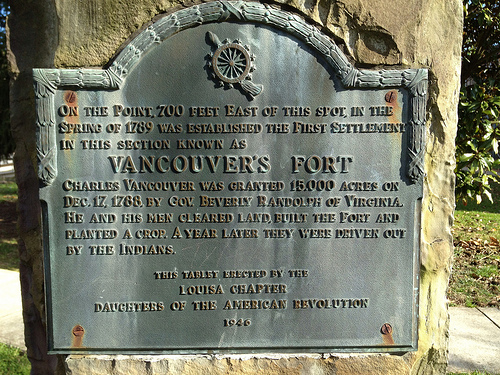 |
| Vancouver’s Fort Monument – Louisa, Ky. |
Seven hundred feet east of the Lawrence County courthouse lawn was established in 1789 the “first settlement in this section.” Called Vancouver’s Fort (or the Big Sandy Blockhouse), the establishment survived only a year. It would take two more attempts before the lands could be permanently settled in what would become Louisa.
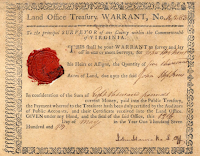 |
| One of Vancouver’s Land Grants |
Charles Vancouver, originally of London, England, acquired two land grants for a combined 15,000 acres along the Big Big Sandy River where the Tug and Levisa forks meet. At the time, this “section” was the easternmost reaches of Fayette County, Virginia – part of Virginia’s Kentucky District. The lands are reputed to have been surveyed by George Washington himself. With his grants, Vancouver sought to secure the men necessary to establish a fort through advertisements in the Kentucky Gazette. Little record of Fort Vancouver existed for several years after the advertisements ceased.
Then in 1838, the sworn story of John Hanks was taken and recorded for posterity providing a record for what happened to Vancouver’s Fort. As quoted in Judge Charles Kerr’s History of Kentucky:
I was employed by Charles Vancouver in the month of February, 1789, along with several other men, to go to the forks of Big Sandy River, for the purpose of settling, clearing and improving the Vancouver tract, situated on the point formed by the junction of the Tug and Levisa Forks, and near where the town of Louisa now stands. In March, 1789, shortly after Vancouver and his men settled on said point, the Indians stole all their horses but one, which they killed. We all, about ten in number, except three or four of Vancouver’s men, remained there during the year, and left the next March, except three or four men to hold possession. But they were driven off in April, 1790, by the Indians. Vancouver went East in May, 1789, for a stock of goods, and returned in the fall of the same year. We had to go to the mouth of the Kanawha River, a distance of eightyseven miles, for corn, and no one was settled near us, probably the nearest was a fort about thirty or forty miles away, and this was built maybe early in 1790. The fort we built consisted of three cabins and some pens made of logs, like corn cribs, and reaching from one cabin to the other.
We raised some vegetables and deadened several acres of ground, say about eighteen, on the point, but the horses being stolen, we were unable to raise a crop.
(Signed) John Hanks.
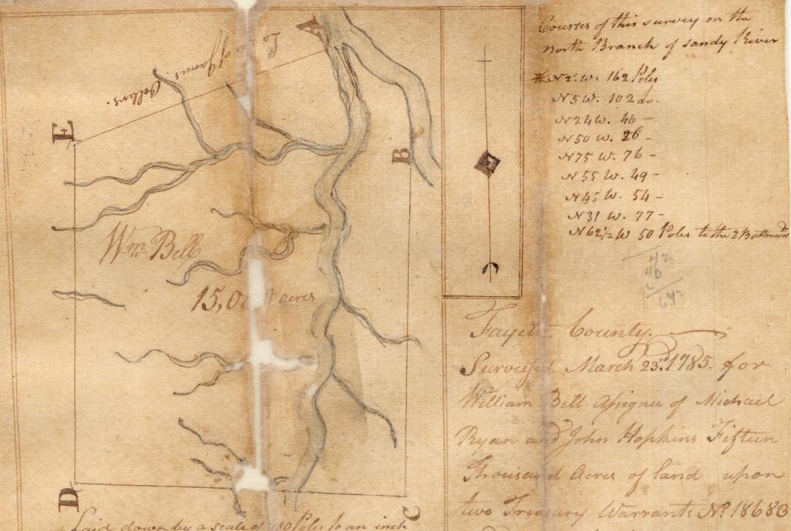 |
| Survey of Vancouver Land Grant |
The Fort Vancouver blockhouse survived but a year, suffering from both Indian raids and the difficulties of farming. The settlement was replaced a few years later by another short-lived settlement called Balclutha. A Philadelphian, Frederick Moore, laid out a town at the confluence of the Tug and Levisa forks in 1815. By 1818, the community was deemed “substantial”and would become the seat of the newly formed Lawrence County in 1822.
Sources: Kentucky Encyclopedia; Kentucky’s Last Frontier; Kerr’s History of Kentucky; KY Secretary of State
NoD: Odd Fellows Still Active in Paintsville
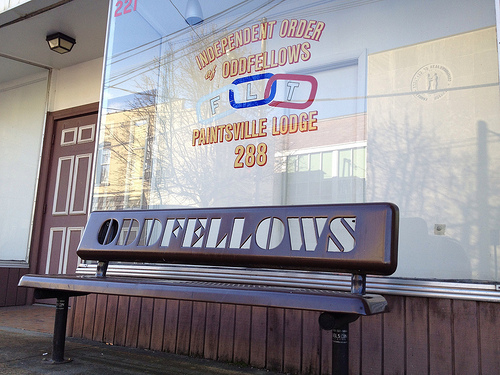 |
| Lodge #288 of the Independent Order of Odd Fellows – Paintsville, Ky. |
Following the Civil War and until FDR’s New Deal, the Independent Order of Odd Fellows grew in numbers during an era known as the “Golden Age of Fraternalism.” Over time, however, these numbers withered away. Today, Freemasonry is the best known of the active, classic fraternal orders, but the Odd Fellows were at one time, the largest fraternity in the world. The organization is based on the three principles of Friendship, Love and Truth symbolized always by three interlocking rings. This symbol is visible on the headstones of deceased Odd Fellows and on the IOOF lodges.
Across America, beautiful lodges were constructed in large cities and small towns alike during the heyday of IOOF fraternalism. We’ve already profiled the beautiful lodge in Lexington that was designed by Cincinnatus Shryock – a lodge that closed many years ago. And though the presence of the Odd Fellow has waned from central Kentucky, it remains present in a few pockets of the Commonwealth.
According to the IOOF.org website, only five lodges remain active in the Commonwealth fulfilling the mission of the organization. These five lodges are, in addition to the pictured Paintsville lodge, located in Frankfort, Madisonville, Inez, and Bowling Green. (An internet search also reveals an active lodge in Pikeville.) The Odd Fellow’s traditional mission is to “visit the sick, relieve the distressed, bury the dead, and educate the orphan,” though the organization’s role in the community has shifted over the years as needs vary.
Thomas Wildey brought the organization across the pond from Britain in 1819, but its name “odd fellow” is more uncertain. Some believe their desire to aide the downtrodden made them “odd,” but a more likely version finds tradesman organizing in various trade guilds. Those with insufficient number to organize could come together as “common laboring men” to “associate themselves together and form a fraternity for social unity and fellowship and for mutual help.” This was unique for the times, and so the men were known to be “odd.” The name stuck. Today, the Odd Fellow valediction echoes the mission:
I AM AN ODD FELLOW: I believe in the Fatherhood of God, and the Brotherhood of man. I believe in Friendship, Love and Truth as basic guides to the ultimate destiny of all mankind.I believe my home, my church or temple, my lodge, and my community deserve my best work, my modest pride, my earnest faith, and my deepest loyalty, as I perform my duty “to visit the sick, relieve the distressed, bury the dead and educate the orphan” and as I work with others to build a better world, because, in spirit and in truth, I am and must always be, grateful to my Creator, faithful to my country and fraternal to my fellow-man; I AM AN ODD FELLOW!
Of the Paintsville Lodge specifically, I can find little information, though genealogical records online do record attorneys, the local postmaster, and local businessmen as members. As for the present, the bench bearing the “Odd Fellows” name – immediately across from the old Johnson County Courthouse – caught my eye because I recognized just how much rarer today is the Odd Fellow.
Sources: Freemasons for Dummies; IOOF; Wikipedia
NoD: Louisa’s Wellman Hardware Epitomizes Victorian Architecture of Small Kentucky County Seat
 |
| Wellman Hardware – Louisa, Ky. |
“Since 1879 because of you” reads the sign in front of the Wellman Hardware Store in the Louisa Commercial Historic District, though the Lawrence County business has been in different hands over its 130-plus year history.
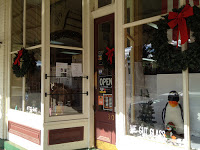 |
The store was established by Augustus and Thomas Snyder. Thomas had arrived in Louisa in 1872 earning his keep primarily blacksmith shop but also engaging in general merchandise. The younger Augustus followed in 1876 from the family home in Barboursville, West Virginia and began to learn the blacksmithing trade from his elder brother. In 1879, they began to operate a hardware store which was finally incorporated some twenty years later. Both of the Snyder brothers became active in local civic and business activities, with Augustus Snyder spending a number of years as Louisa’s progressive mayor. During his term, Louisa was much improved with the paving of its streets and other public improvements.
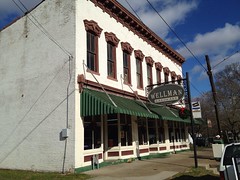 |
| Wellman Hardware – Louisa, Ky. |
The hardware store, sold to E.E. Shannon around the turn of the century, remains in one of Louisa’s oldest commercial buildings and remains its oldest operating business. In 1919, Shannon sold the store to Lafe Wellman who renamed the now-Wellman Hardware Store. The exterior of this National Register-building has remained the same (sans a couple of additions not affecting the Main Street frontage), its original trim still present; the interior, however, assumed that of a modern hardware-store in the late 1980s.
The National Register form describes the building’s “salient features of original wood-framed storefronts, prominent ornamental metal molds at the second-story windows, and a pressed metal modillion cornice” to aptly conclude that “the building epitomizes the Victorian commercial architecture of a small county seat in Kentucky.”
Sources: Connelley’s History of Kentucky; Daily Independent; NRHP

